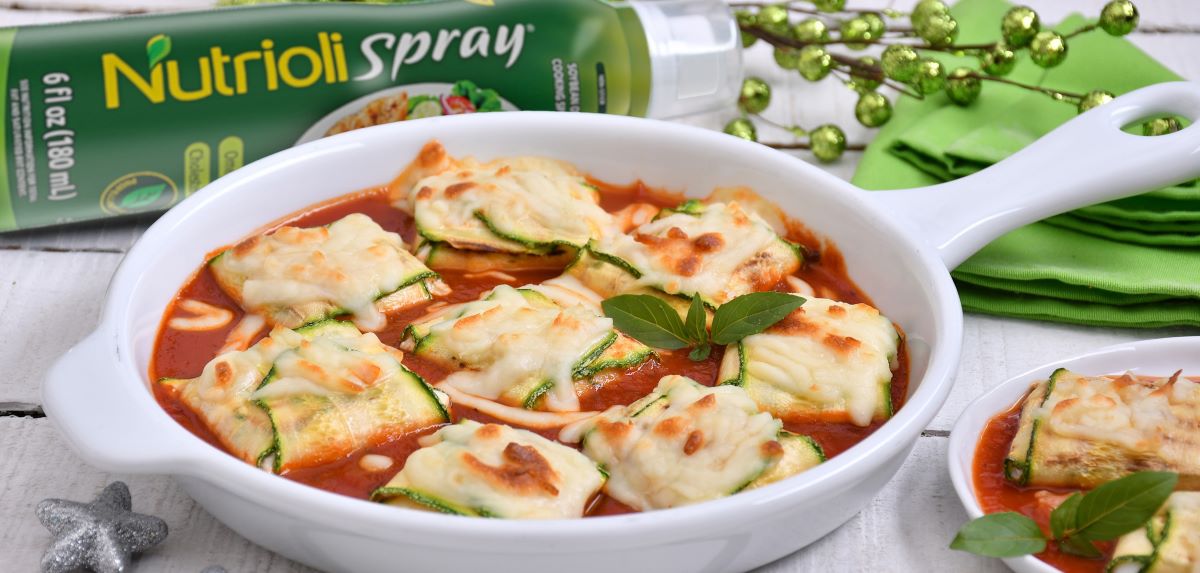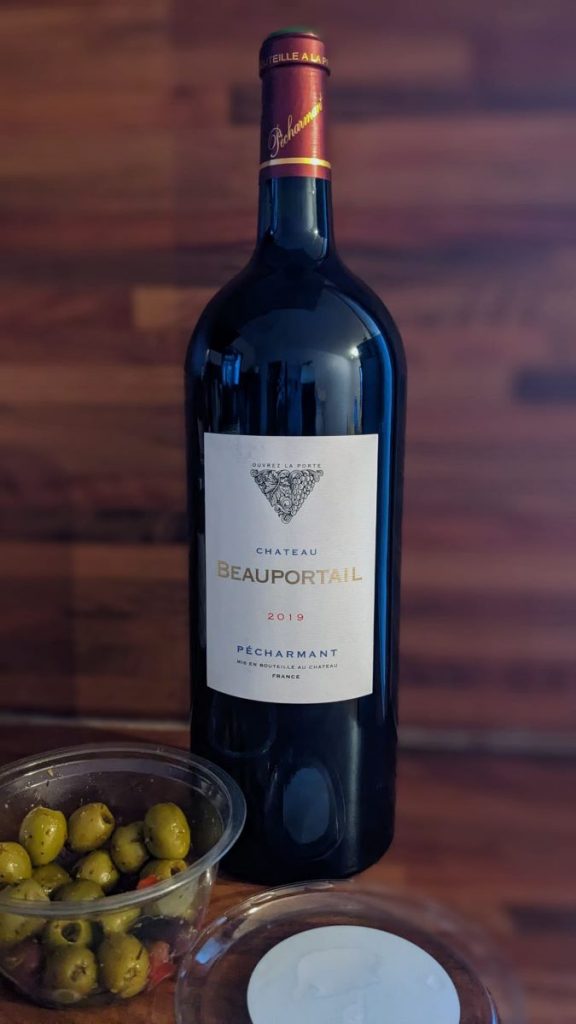
Have you ever wondered how a simple change in your kitchen can lead to a healthier heart? Enter the world of heart-healthy cooking oils. These culinary champions not only add a burst of flavor to your dishes but also play a crucial role in promoting cardiovascular health1.
Imagine sizzling stir-fries, crispy roasts, and flavorful salads, all brought to life with oils that love your heart as much as your taste buds. Sounds good, doesn’t it? So let’s dive in and explore these culinary gems!
The heart of the matter: choosing the right oils
From soybean to canola, avocado to flaxseed, walnut to grapeseed, and sunflower to olive, the selection of heart-healthy cooking oils is vast. Each oil is a little bottle of heart health, offering unique flavors and health benefits.
Oh, the wonderful world of cooking oils! Have you ever stood in the grocery store aisle, gazing at the array of oils, and wondered, “Which one is the healthiest for me?” Well, today, let’s shine a spotlight on a culinary champion that deserves praise – soybean oil.
Now, you might be thinking, “Soybean oil? Really?” Absolutely! This humble oil is a hidden gem in the world of heart-healthy cooking.
Why, you ask? Well, let’s dive into the nutritional profile of soybean oil. Rich in polyunsaturated fats and packed with Omega-3 fatty acids, soybean oil helps to lower harmful LDL cholesterol levels while boosting beneficial HDL cholesterol. It’s like having your own personal health warrior right in your kitchen.
Not only that, but soybean oil is also a great source of Vitamin E, an antioxidant that protects your cells from damage. Plus, it’s versatile enough to be used in a variety of dishes, from sizzling stir-fries to scrumptious salads.
And guess what? Despite its impressive health benefits, soybean oil doesn’t compromise on flavor. Its neutral taste lets the flavors of your ingredients shine through, making your dishes not only healthier but also tastier.
Variety is the spice of life. Why not mix things up and experiment with different oils for different dishes? A drizzle of avocado oil on a salad, a splash of grapeseed oil in a stir-fry, or a spoonful of walnut oil in a dessert can open a whole new world of flavors.
So, the next time you’re in the grocery store, why not pick up a bottle of soybean oil? It’s a small change that could make a big difference to your heart health. Healthy cooking isn’t just about eating right; it’s about discovering new flavors, experimenting with new recipes, and finding joy in every bite. And the best part? You’re doing your heart a favor with every delicious bite!
Cooking with love using heart-healthy oils
Incorporating heart-healthy oils into your everyday recipes is easier than you think1. Use them for sautéing, grilling, roasting, or even as a salad dressing. Remember, while these oils are healthier, moderation is key as they are still high in calories.
From pouring to spraying: the rise of aerosol oils
Aerosol oils, or spray oils, are a game-changer in the kitchen. They’re like having a magic wand that lets you control exactly how much oil you use, reducing unnecessary fats in your dishes without compromising on flavor.
Think about it. You’re making a batch of your favorite cookies. Instead of greasing the baking sheet with a brush or pouring oil, you simply spray a fine mist of oil. Easy, isn’t it? Plus, it’s a surefire way to ensure an even distribution of oil.
And did you know that spray oils come in heart-healthy options too? Olive, avocado, canola, soybean – you name it! One of these heart-friendly sprays is soybean oil spray.
So, why not start today? Experiment with these oils, explore new recipes, give soybean oil a shot and embark on a journey of delicious and heart-healthy cooking. After all, a happy heart begins in the kitchen!


